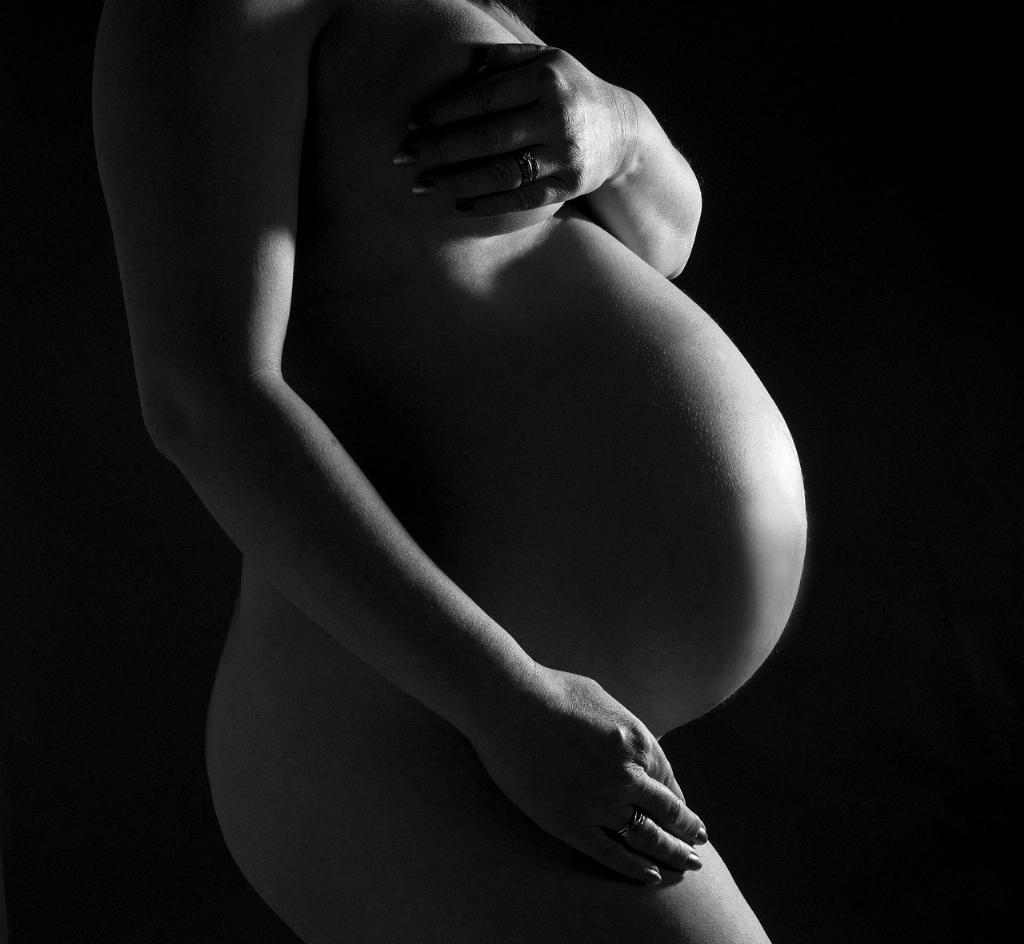As a woman progresses through her pregnancy into the third trimester, various changes occur within her body to accommodate the growing fetus. One common sensation experienced by many pregnant individuals during this time is the feeling of being hot and sweaty. This phenomenon can be attributed to several physiological factors that play a crucial role in regulating the body’s temperature.
Increased Blood Flow: A Vital Component
During pregnancy, the body undergoes significant changes to support the developing baby. One of these changes includes a notable increase in blood volume to meet the demands of the growing fetus. By the end of the third trimester, blood flow can rise by as much as 60 percent or more compared to pre-pregnancy levels. This enhanced circulation is essential for supplying oxygen and nutrients to both the mother and the baby.
Dilation of Blood Vessels: The Body’s Adaptive Response
Alongside the heightened blood flow, another critical adaptation occurs in the form of blood vessel dilation. The blood vessels in the body, particularly those near the skin’s surface, widen to facilitate the increased circulation. This process allows for more efficient transfer of heat from the body’s core to the skin, aiding in the dissipation of excess heat. As a result, pregnant women often experience a sensation of warmth or heat on the skin.
Regulation of Body Temperature: Striking a Delicate Balance
Temperature regulation is a complex mechanism that involves a delicate balance of various physiological processes. During pregnancy, the body works tirelessly to maintain an optimal internal temperature for both the mother and the developing fetus. The increased blood flow and vasodilation contribute to this regulation by promoting heat dissipation and cooling of the body when necessary.
Hormonal Influence: The Role of Estrogen and Progesterone
Hormones, such as estrogen and progesterone, play a fundamental role in orchestrating the changes that occur during pregnancy. These hormones can impact the body’s thermoregulatory mechanisms, leading to alterations in how heat is perceived and managed. The fluctuations in hormone levels throughout pregnancy can contribute to the sensation of feeling hot and sweaty, particularly in the third trimester.
Metabolic Rate: Fueling the Body’s Functions
Another factor that can influence the sensation of being hot and sweaty during the third trimester is the body’s metabolic rate. Pregnancy places increased metabolic demands on the body to support the growth and development of the baby. This heightened metabolic activity can generate additional heat, contributing to a feeling of warmth and potential sweating in pregnant individuals.
Embracing the Changes: Nurturing Your Body Through the Third Trimester
It is essential for expectant mothers to listen to their bodies and heed the signals that indicate the need for adjustments during the third trimester. Staying well-hydrated, dressing in breathable clothing, and avoiding excessive heat can help alleviate discomfort associated with feeling hot and sweaty. Engaging in relaxation techniques and seeking support from healthcare providers can also contribute to a more comfortable pregnancy experience.
Final Thoughts: Navigating the Journey of Pregnancy
Feeling hot and sweaty in the third trimester is a common occurrence for many pregnant women, stemming from the intricate interplay of physiological changes within the body. By understanding the factors that contribute to this sensation, individuals can take proactive steps to manage their discomfort and support their overall well-being throughout the final stages of pregnancy. Embracing the transformative journey of pregnancy with patience, self-care, and awareness can enhance the experience of awaiting the arrival of a precious new life.

